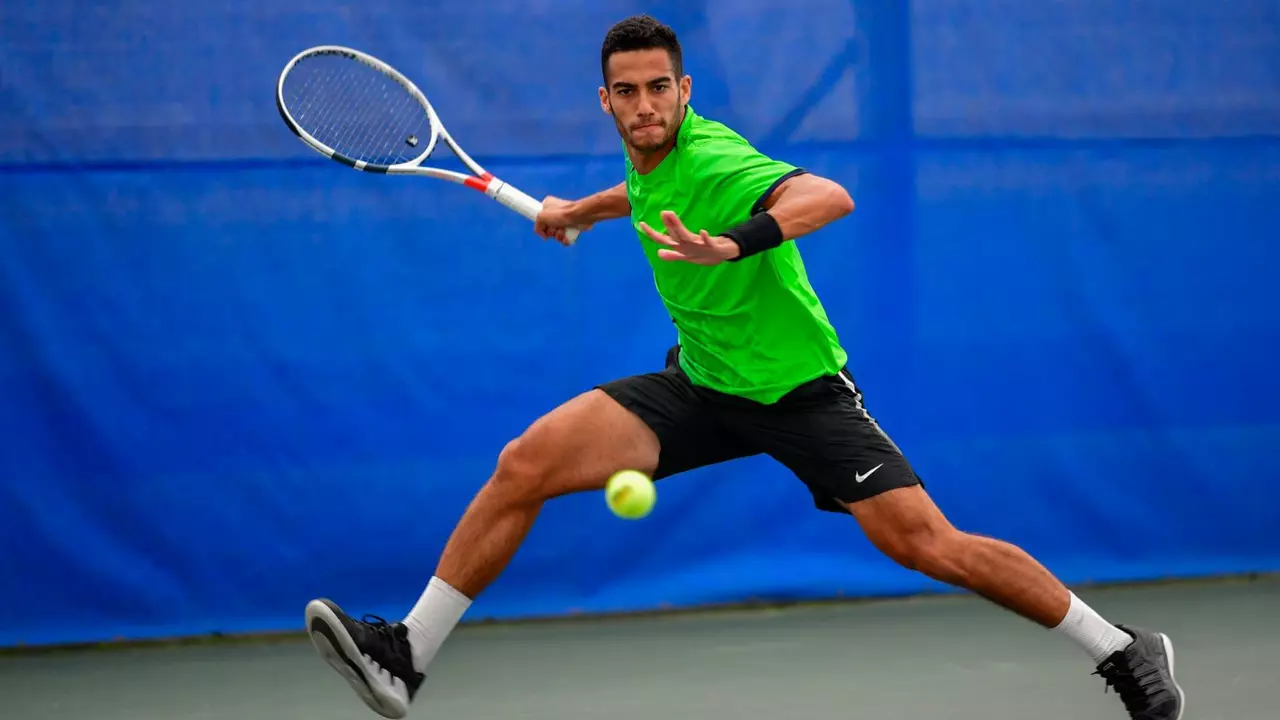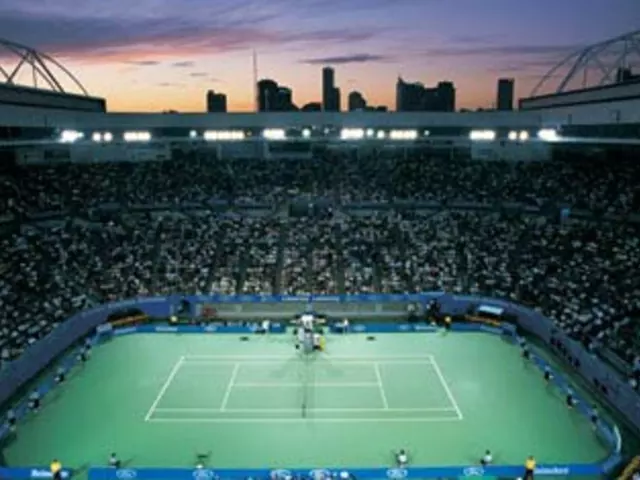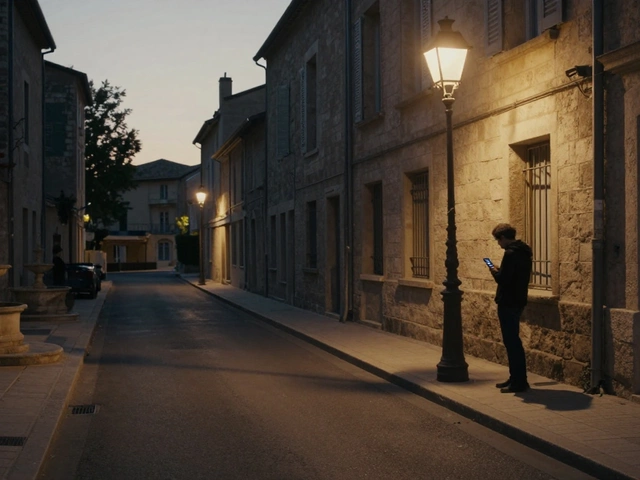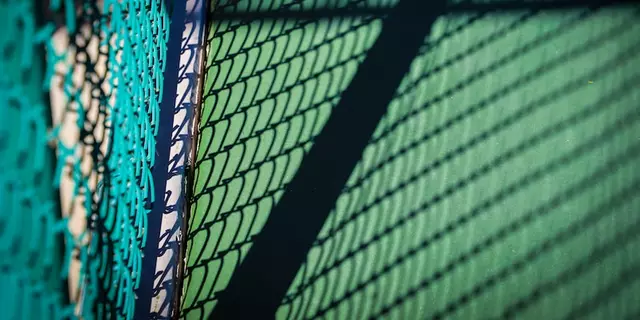How to Receive Serves Like a Pro
Getting the serve right is the first battle in every point. If you can read the ball early, move efficiently and hit with a solid stance, you turn a defensive situation into an attacking one. Below are the practical steps you can start using today on any court.
Read the Serve Early
Watch your opponent's toss, not just the racket. A high toss usually means a big kick serve, while a low, flat toss signals a fast, flat ball. As soon as you see the toss, decide whether you’ll take the ball deep or step in. This split‑second decision saves you from scrambling later.
Put your eyes on the ball as soon as the server makes contact. The ball’s spin becomes visible within the first half‑second. If you notice heavy topspin, aim to stay a little back and let the bounce rise; for slice, move a touch forward to meet the low bounce.
Position and Footwork
Start with a split stance: left foot slightly ahead for right‑handers (and opposite for left‑handers). Keep knees bent and weight on the balls of your feet. This ready position lets you push off in any direction without losing balance.
Use the "short step" technique. As the server begins the motion, take one quick step toward the expected line of the ball, then a second adjusting step right before contact. This keeps you close to the ideal contact point and prevents you from being too far forward (which leads to mistimed shots) or too far back (giving the opponent extra time).
Practice the "shuffle‑and‑explode" drill: set up cones 3 m apart, shuffle laterally between them, then explode forward on a coach’s serve. Over time you’ll develop the muscle memory to react instantly.
Don’t forget the recovery step. After you hit, glide back to the centre‑court position quickly. This habit keeps you ready for the next serve and avoids getting stuck on the baseline.
Now that you’ve got the basics of reading and moving, let’s talk about the racquet.
Grip, Swing and Contact
Most players use a semi‑western grip for the return because it offers a good blend of power and spin control. If you’re comfortable with a continental grip (the classic "handshake" grip), you can keep it for slice returns or low kick serves.
Keep your swing compact. Long backswings waste time and make you vulnerable to fast serves. Aim for a short, controlled backswing that lets you meet the ball out in front of the body. This short swing also lets you react to different spins without over‑rotating.
Contact point matters. Aim to hit the ball at waist height, slightly in front of your front foot. This gives you the best angle to direct the ball back deep or cross‑court, depending on your strategy.
When handling heavy topspin, open the racquet face a bit and use a low-to-high motion. For slice, keep the face more neutral and slice downwards. Practicing both variations in a single session helps you switch tactics mid‑match.
Finally, add a simple drill: have a partner serve 20 balls from the deuce side, focusing on hitting 12 of them deep into the opponent’s court. Track your success and adjust footwork or grip as needed.
By combining early visual cues, purposeful footwork, and a compact swing, you’ll find yourself returning serves more consistently and with more confidence. Keep practicing these habits and watch your return game improve dramatically.

Why do tennis players bend when they are receiving serves?
Tennis players bend when receiving serves as a part of their ready stance, which is crucial for a quick and efficient response. This position lowers their center of gravity, enabling better balance, flexibility, and speed. It also allows them to spring in any direction based on the serve's trajectory. Bending the knees helps generate power for the return shot and promotes overall agility. So, the next time you watch a tennis match, notice this technique that blends strategy with physics.
Detail



